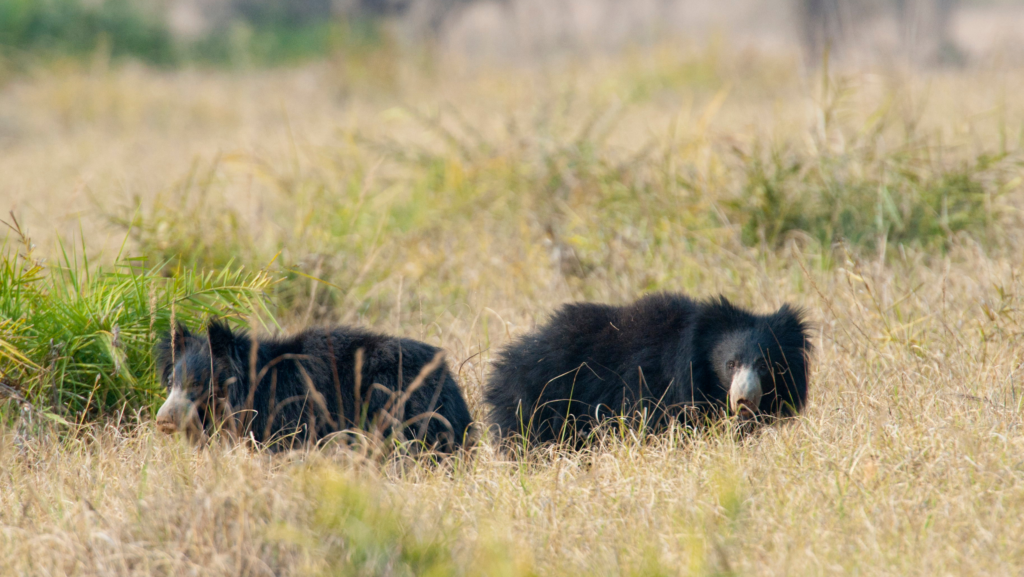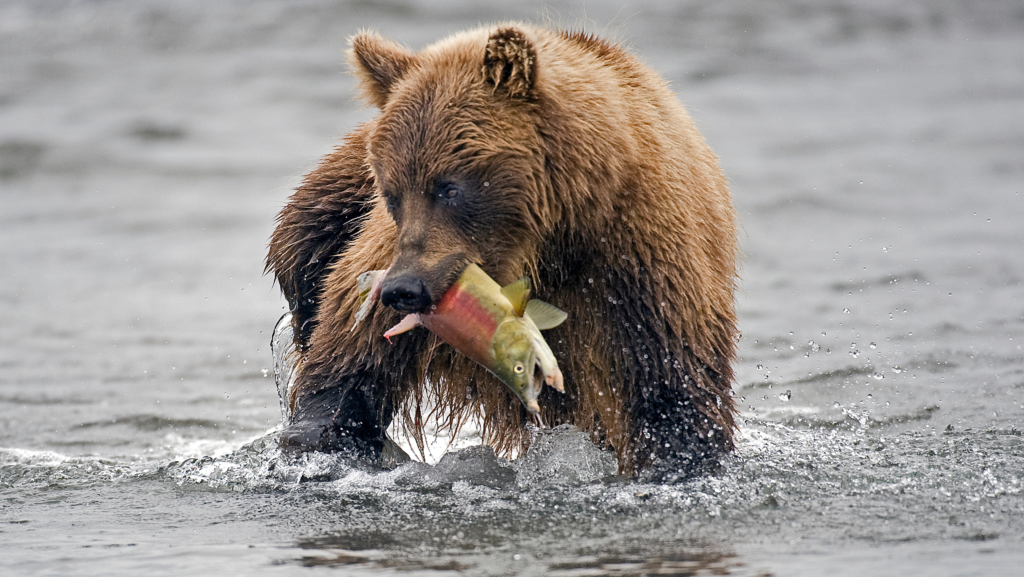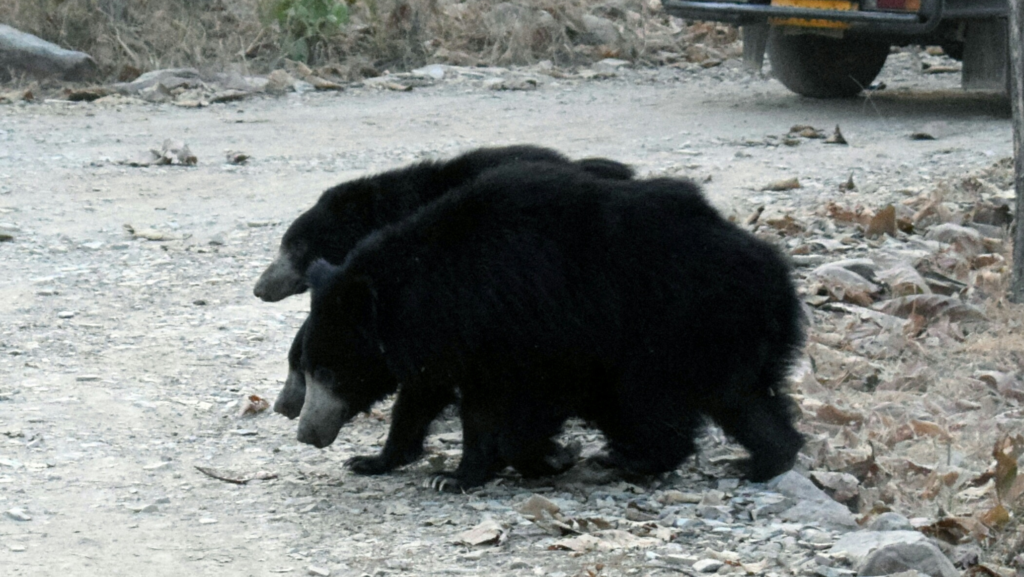The Enigmatic Sloth Bear: Life from Birth to Death
Birth:

Sloth bears (Melursus ursinus) are born after a gestation period of about 6 to 7 months. A female sloth bear typically gives birth to one or two cubs, although litters of three have been reported. The cubs are born blind and hairless, and their eyes usually open after several weeks. The mother provides meticulous care and protection to her children during their early, vulnerable stages.
Grown-Up Life:

As the sloth bear cubs grow, they develop a shaggy, dark coat of fur, distinctive for its long and coarse appearance. Sloth bears are known for their unique adaptation of a shuffling gait, utilizing their long claws to dig for termites and ants, their primary food source. Unlike other bear species, sloth bears do not hibernate; instead, they remain active year-round.
Food:

The sloth bear’s diet primarily consists of insects, especially termites and ants, which they extract from mounds with their powerful claws. They are also known to feed on fruits, honey, flowers, and occasionally, small mammals. Their specialized diet, adapted for insectivory, sets them apart from other bear species.
Habitat:

Sloth bears are native to the Indian subcontinent and can be found in a variety of habitats, including grasslands, dry deciduous forests, and scrub forests. They are well adapted to a range of environments, from the hot plains to the foothills of the Himalayas.
Reproduction:
Sloth bears typically reach sexual maturity between the ages of 3 and 4 years. Mating occurs during the period of November to December, with cubs being born after a gestation period. Female sloth bears are known to create nests in caves or beneath large rocks to give birth and protect their cubs.
Death:
The life expectancy of a sloth bear in the wild is around 20 to 25 years. However, like many wildlife species, their survival is impacted by threats such as habitat loss, human-wildlife conflict, and poaching. In captivity, they may live longer, provided they receive proper care and suitable conditions.
Conservation Status:
Sloth bears are listed as “Vulnerable” on the International Union for Conservation of Nature (IUCN) Red List of Threatened Species. Conservation efforts focus on protecting their habitats, mitigating human-wildlife conflict, and combatting illegal wildlife trade.
The sloth bear’s fascinating life cycle, unique adaptations, and the challenges they face underscore the importance of conservation initiatives to ensure their continued existence in the wild. Understanding their biology and behavior is crucial for developing effective strategies to safeguard this enigmatic species.

